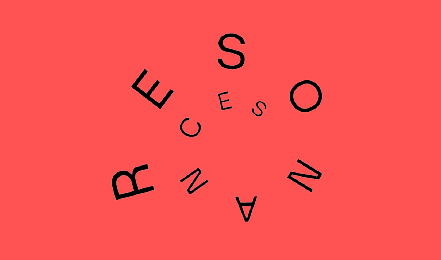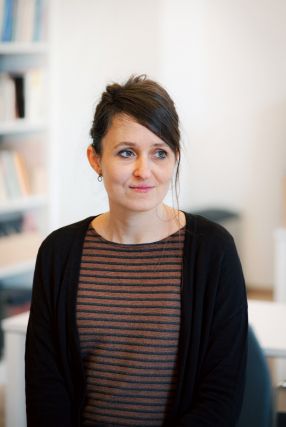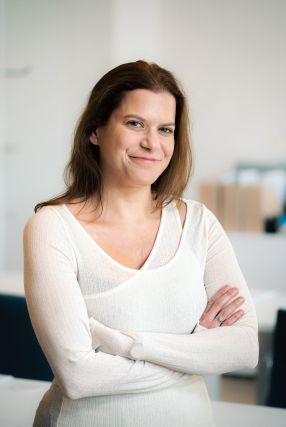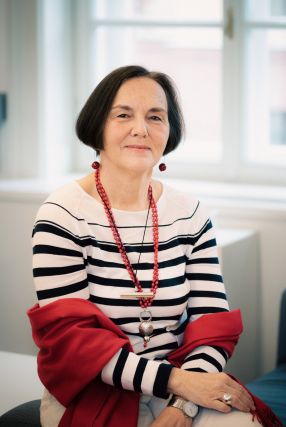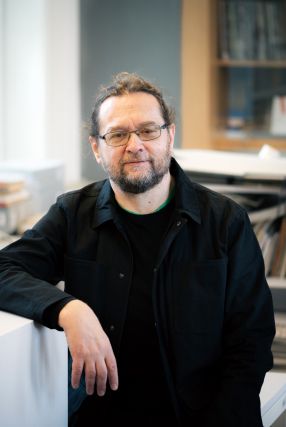‘exhibition’
Resonances
… 1970s (Zamek Cultural Center, Poznan, 17.- 18. 03. 2023 ) Resonances III. conference: The Exhibition as Medium in the Bloc (Academic Research Centre of the Academy of Fine Arts, Prague, 10.-11. 11. 2022) Language Games, selection from the Artpool collection - exhibition (KEMKI, Budapest) Resonances II. conference: Beyond Friendships - Regional Cultural Transfer in the Art of the '70s (KEMKI, Budapest, 11.-12. 05. 2022 ) Resonances I. conference: Parallel Structures, …
Ildikó Eleöd
… and Culture at Pázmány Péter Catholic University. Between 2010 and 2016, she worked as an exhibition organizer and collection manager at MODEM Center for Modern and Contemporary Art in Debrecen. In addition to working on processing the Antal Lusztig Collection, she was also, for instance, curator of the exhibition entitled The Plain: Stories from the Past Two Hundred Years of Hungarian Fine Arts (2014). In 2012, she was awarded a grant to study the workings of the French Regional …
Judit Galácz
… at the Hungarian Theatre Museum and Institute – Gizi Bajor Actors’ Museum. In 2017, she curated an exhibition on the theatrical work of Lajos Kassák and the journal MA at the Gizi Bajor Actors’ Museum. Her PhD research focuses on János Mácza’s work in the field of theatre theory and the history of Hungarian avant-garde theatre. List of publications
Réka Pálinkás
… of high priority in private ownership. She compiled the oeuvre catalogue for the retrospective exhibition of Károly Ferenczy’s work at the HNG, and is currently one of the editors of the forthcoming volume of József Rippl-Rónai’s correspondence.
László Százados
… and contributed to a number of permanent (HNG) as well as monographic and thematic temporary exhibitions (HNG; Ludwig Museum, BHM Municipal Gallery - Kiscell Museum, etc.), and has also contributed to and edited the accompanying publications. His fields of research include Hungarian art and institutional history in the second half of the 20th century, as well as Hungarian contemporary art, including interdisciplinary areas such as dance and movement art.
